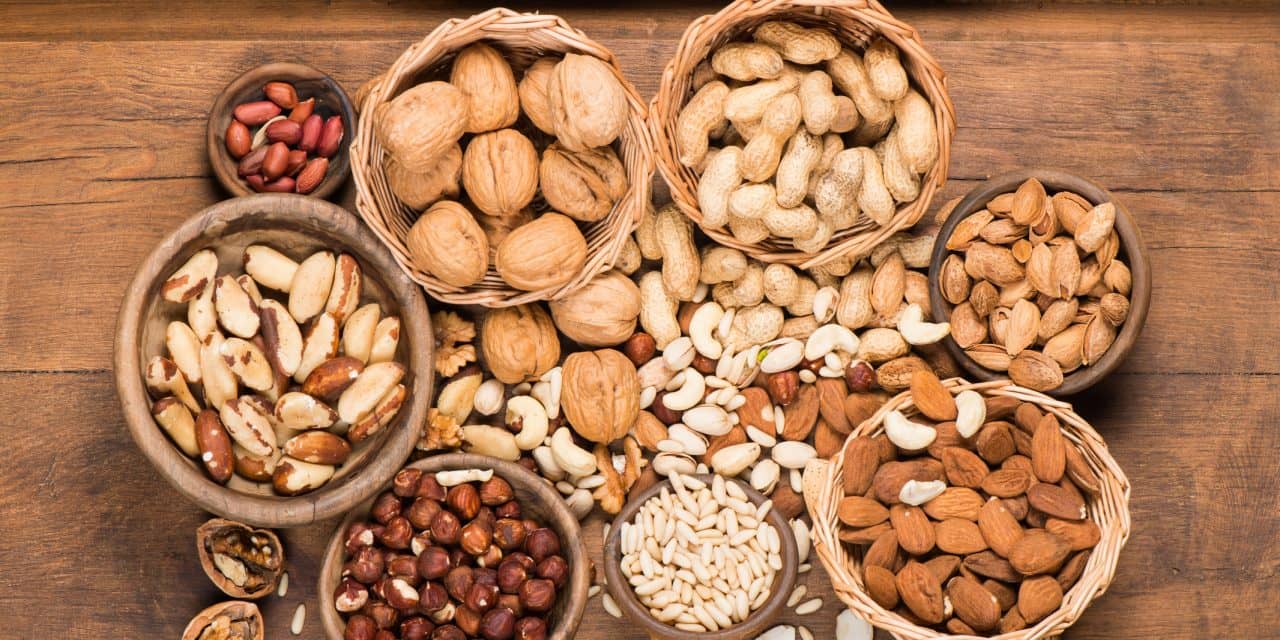What is your stroke and heart disease risk?
Assessing whether you have a stroke or heart disease risk puts you in the best position to prevent or mitigate that risk. I have a slightly increased risk of stroke (according to a recent gene test from 23andme) and this prompted me to assess my heart disease risk.
I know from my ‘Bible’ Fast Living, Slow Ageing that every cell in our body depends on the flow of blood for survival. If this is compromised, even for a brief period, the cells and tissues downstream suffer and eventually die. When this occurs in the heart, it is called a heart attack or myocardial infarction.
According to the American Heart Association/American Stroke Association Stroke Council Guidelines, stroke may be defined as a sudden loss of blood circulation to a particular area of the brain causing corresponding loss of neurological function. Acute ischemic stroke is caused by thrombotic or embolic occlusion of a cerebral artery and is more common than hemorrhagic stroke which is caused by a ruptured blood vessel especially among patients with uncontrolled hypertension.
Together, heart attack and stroke are the major killers in the Western world. Quality of life for survivors is also greatly reduced. Finding ways to prevent or reverse these diseases is an integral part of any slow aging strategy.
How to assess your risk
To assess my heart disease risk I used the Reynolds Risk Score, which asks you for the following information:
- sex
- smoker or non-smoker
- whether either parent has had a heart attack before the age of 60
- systolic blood pressure (mmHg)
- total cholesterol (mg/dL)
- high density lipoprotein (HDL) cholesterol (mg/dL)
- high-sensitivity C-reactive protein (hsCRP) (mg/L)
Once entering the data, the calculator gives you a risk score.
Options to manage risk
There are a couple of key things you can do to address your heart disease risk. These options aren’t exhaustive but will at least get you along the path toward managing your risk.
- Lower your LDL cholesterol levels – low-density lipoprotein (LDL) cholesterol is the bad cholesterol that deposits its cargo under the surface of blood vessels. If we reduce our LDL cholesterol, our risk of death from a heart attack or stroke decreases. We can reduce our LDL cholesterol through exercise and choosing foods that are low in saturated fat and cholesterol:
- Reduce your intake of saturated fats from coconut and palm oils, fatty meat, and dairy products such as whole milk, cream cheese and ice cream
- Include phytosterols/stanols in your diet that reduce cholesterol absorption
- Include soy, nuts and whole grains on a daily basis. Use them to replace other calories (such as from dessert) not to add even more energy to our diet. A cup (30g) of nuts or seeds is a perfect snack size
- Get help from your doctor if your cholesterol levels are too high (LDL > 3.5mmol/L) or your risk of heart disease is too great (high blood pressure, diabetes or family history of stroke, for example)
- Increase your omega-3 fats – omega-3 fats can reduce cardiovascular disease, partly by reducing cholesterol and inflammation, and thin the blood. Eat cold-water oily fish (such as salmon, herring, mackerel, anchovies, sardines and tuna) three times a week, or meat from grass eating animals such as lamb or kangaroo. Choose fruit and vegetables high in omega-3 fats such as flax seed (linseed), purslane, kiwifruit, lignon berries and walnuts
- Consider omega-3 supplements such as fish oils, flax or linseed oil. About a gram per day of combined EPA and DH or 4-5 grams of alpha linolenic acid
- Include half a handful (1/4 cup) of nuts and seeds in your diet daily. Eat them raw, avoiding salted and roasted varieties
- Eat more whole grains and dietary fibers – aim for 30g of fiber each day. Substitute refined products with wholegrain equivalents. Substitute fiber for animal protein. Consider fiber-rich legumes instead of minced meat
- Use wholegrain pasta, bread and brown or wild rice
- Have 5 serves of vegetables per day
- Include legumes such as red kidney beans, lima beans, broad beans or lentils in your diet 2-3 times a week
To find your risk go to Reynolds Risk Calculator.
References
- Adams HP Jr, del Zoppo G, Alberts MJ, Bhatt DL, Brass L, Furlan A, et al. Guidelines for the early management of adults with ischemic stroke: a guideline from the American Heart Association/American Stroke Association Stroke Council, Clinical Cardiology Council, Cardiovascular Radiology and Intervention Council, and the Atherosclerotic Peripheral Vascular Disease and Quality of Care Outcomes in Research Interdisciplinary Working Groups: the American Academy of Neurology affirms the value of this guideline as an educational tool for neurologists. Stroke. 2007 May. 38(5):1655-711.
Last reviewed 12/Jun/2017
Editor
Latest posts by Editor (see all)
- Oily fish and diabetes prevention - 04/06/20
- Manage the andropause - 11/12/17
- Testing testosterone levels - 07/12/17







